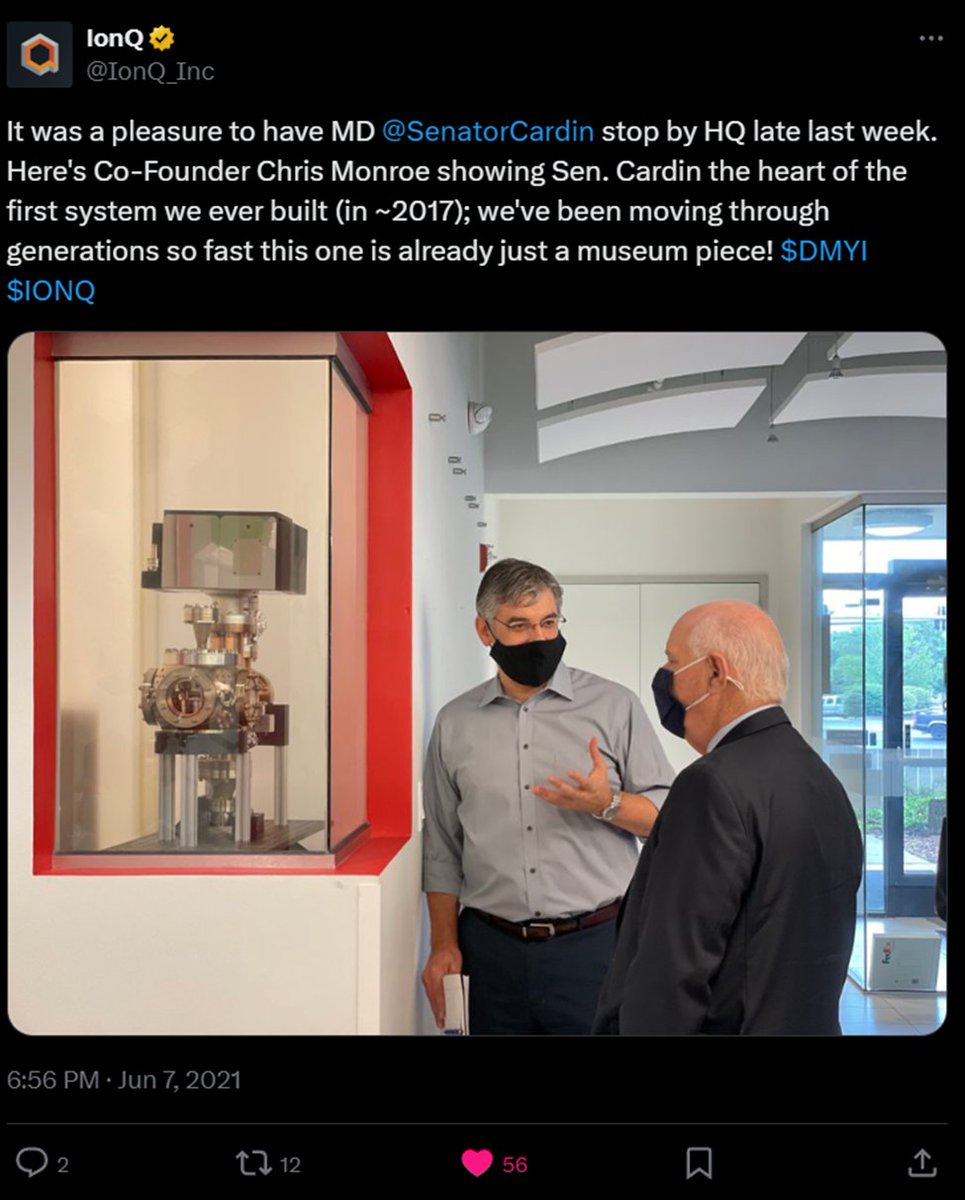
Not financial advice. Focused on compelling growth opportunities for high-alpha market returns in multiple sectors.
How to get URL link on X (Twitter) App

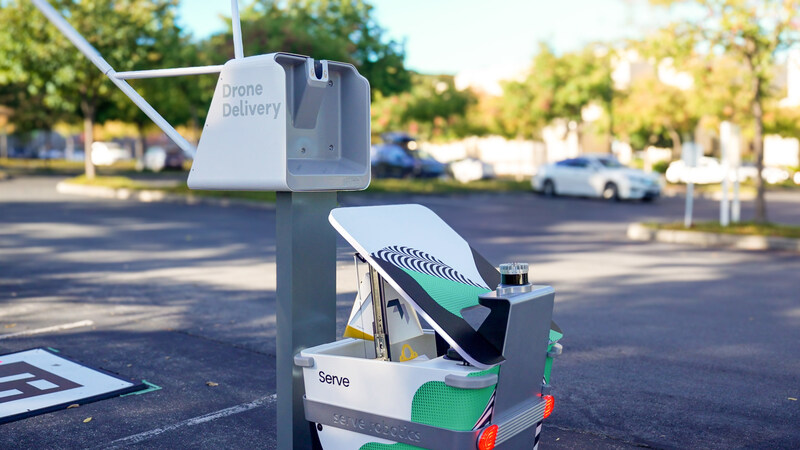
 $SERV The story behind $SERV shows how real this platform already is.
$SERV The story behind $SERV shows how real this platform already is.
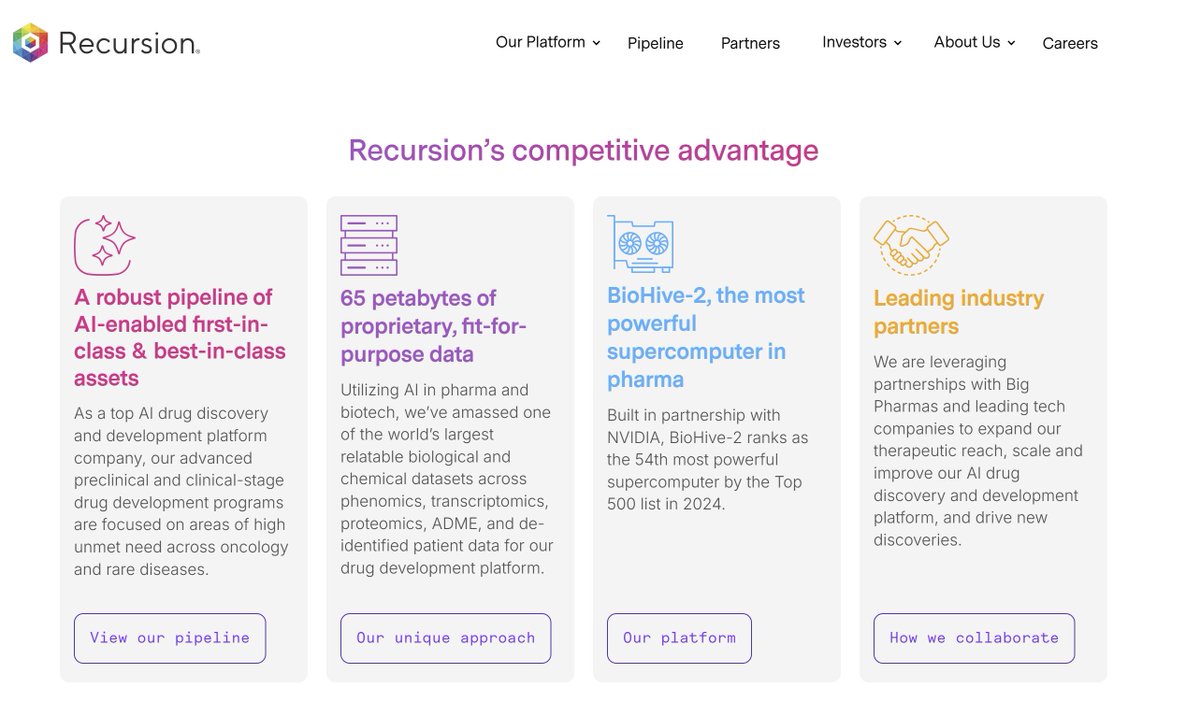
 $RXRX The Vision: Solving "Eroom’s Law" with an AI Wetlab OS
$RXRX The Vision: Solving "Eroom’s Law" with an AI Wetlab OS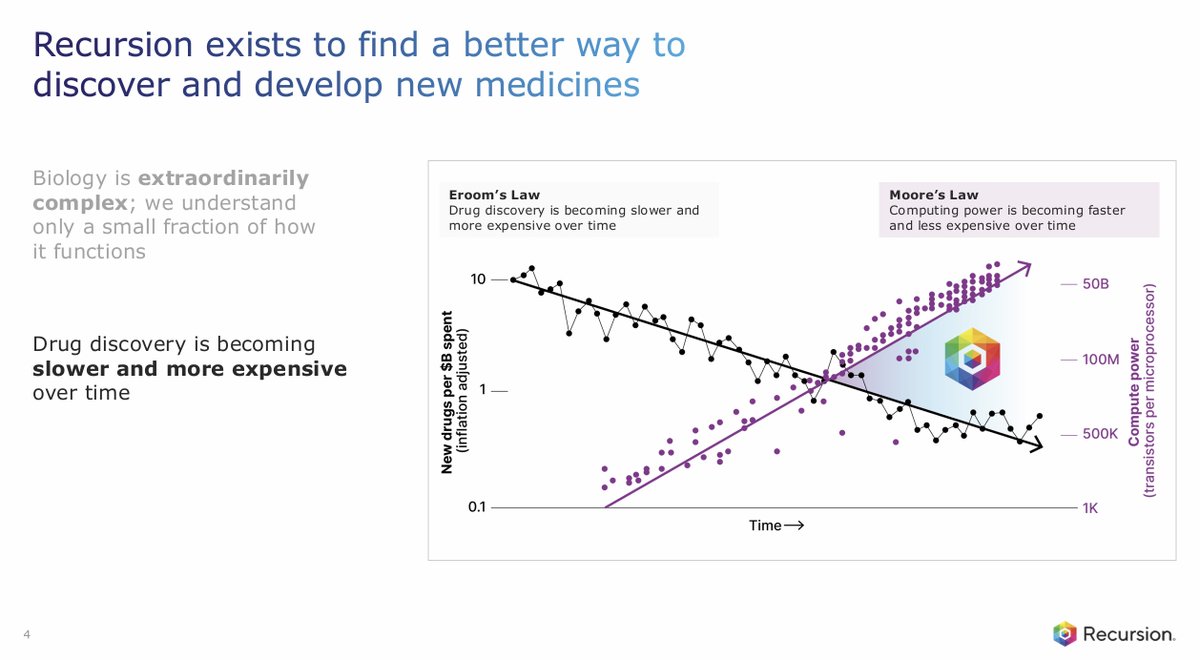
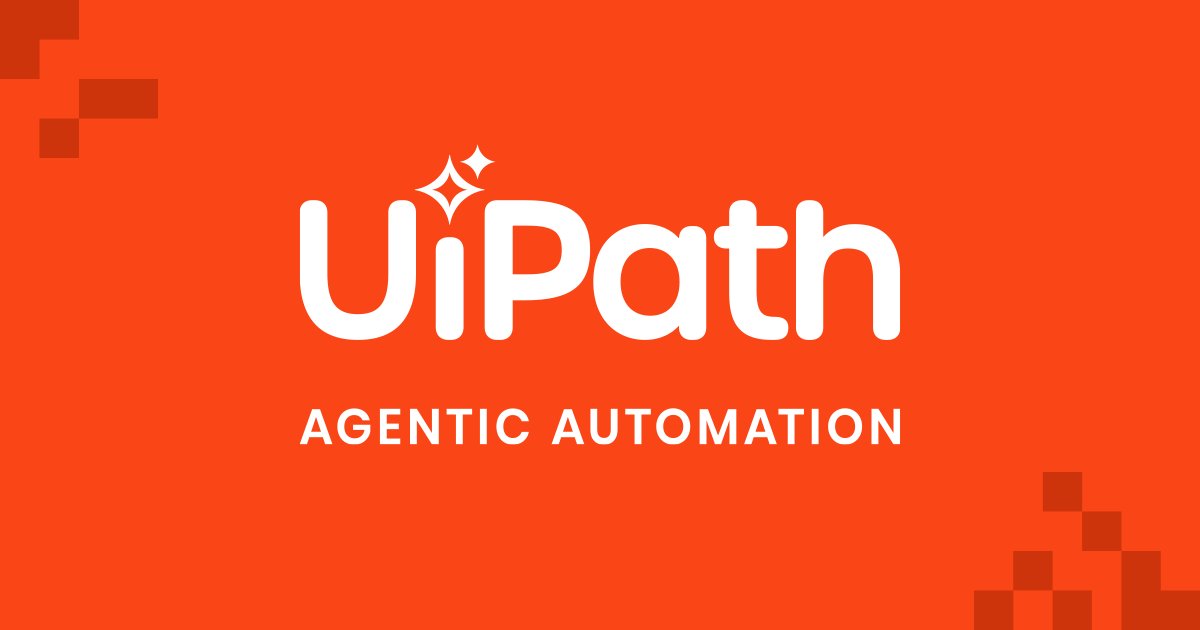
 $PATH The evidence of an AI turnaround is tangible. Customers have already created thousands of autonomous agents and generated over 250,000 agent runs with Agent Builder.
$PATH The evidence of an AI turnaround is tangible. Customers have already created thousands of autonomous agents and generated over 250,000 agent runs with Agent Builder. 
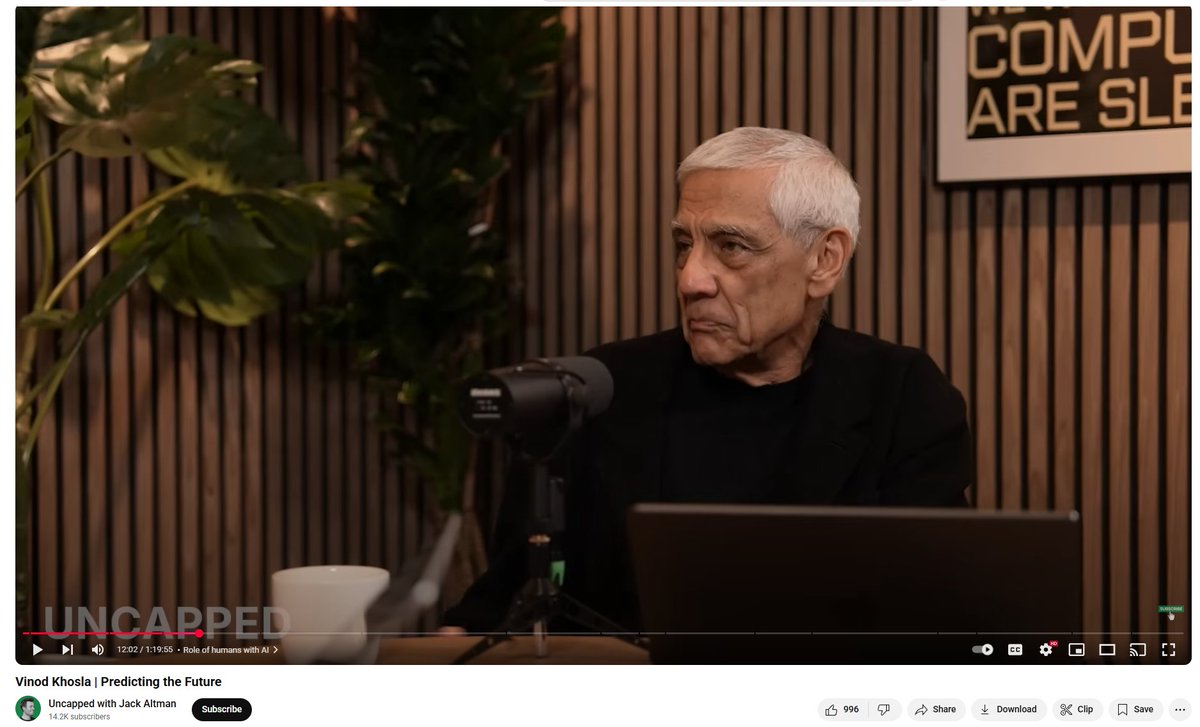
 $TSLA $TEM $NBIS $CRWV $NVDA $GOOG Khosla doubles down on the social fallout. He predicts that somewhere around 2030 the sheer productivity gain flips the labor equation: "The need to work will go away. People will work on things because they want to, not because they need to pay the mortgage."
$TSLA $TEM $NBIS $CRWV $NVDA $GOOG Khosla doubles down on the social fallout. He predicts that somewhere around 2030 the sheer productivity gain flips the labor equation: "The need to work will go away. People will work on things because they want to, not because they need to pay the mortgage."

 $TEM THE MASSIVE OPPORTUNITY: The Scale Is Inhuman
$TEM THE MASSIVE OPPORTUNITY: The Scale Is Inhuman

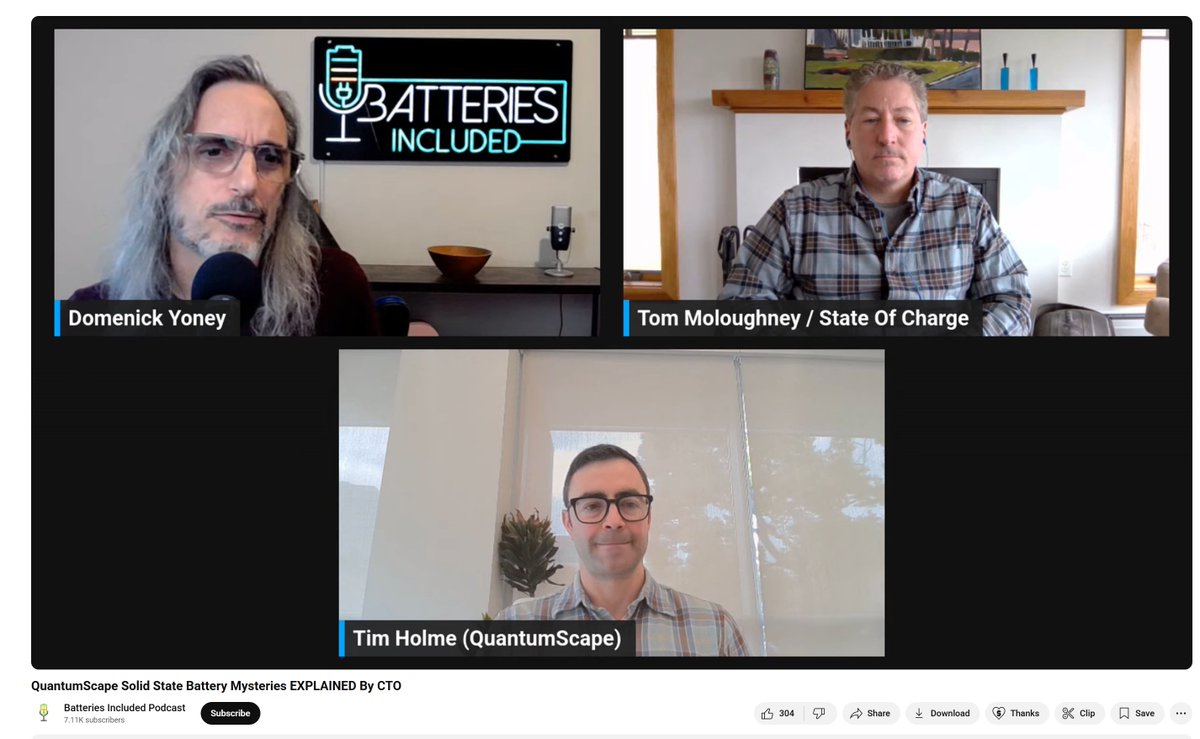
 $QS A Battery That Changes All the Rules
$QS A Battery That Changes All the Rules
